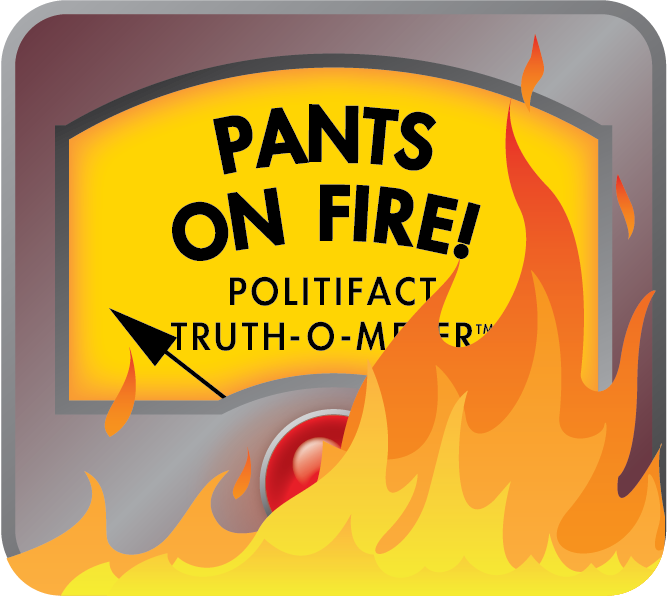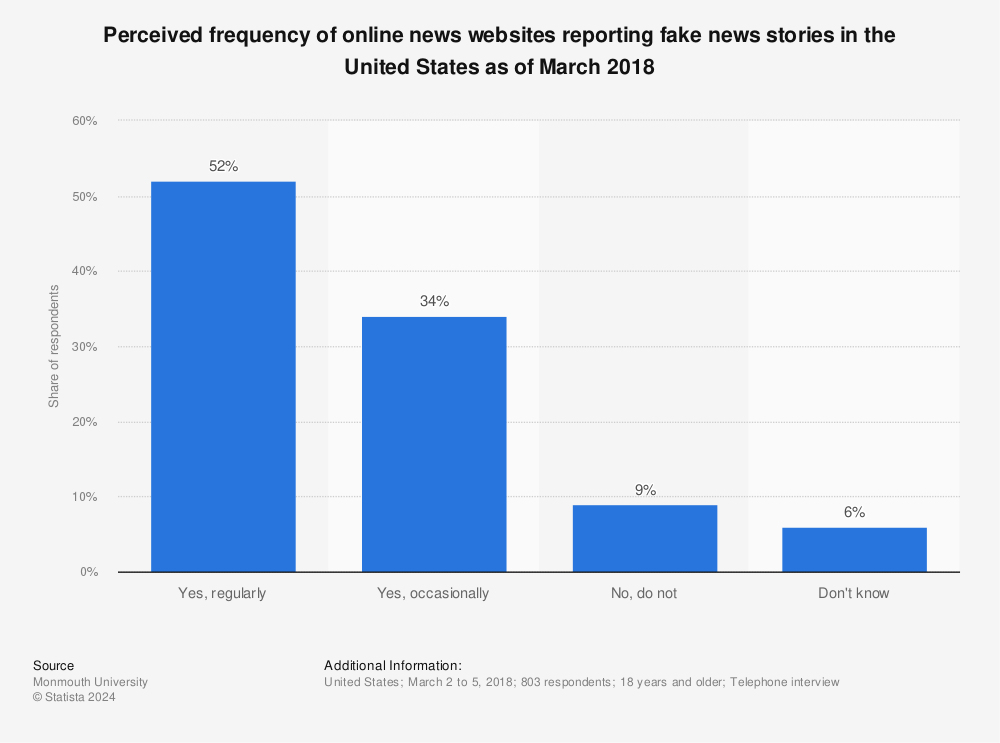
Social media makes it dangerously easy to create and quickly spread misinformation all over the world. Stories and content designed to get attention and sway opinions may come from people you know, Internet "trolls" disguised as real people or organizations you normally trust, users posting anonymously, or automated bots set out to create havoc.
Unfortunately, it's not really in the best interest of social media companies to limit the spread of fake news stories; it attracts attention and strong feelings, therefore bringing more views to a platform. More engagement basically translates to more revenue, and moderating the millions of stories posted every second is also an incredibly difficult task that social media platforms are still trying to develop.
Sources: "Fake News on Social Media," Gale Opposing Viewpoints in Context.
“Serious queries” and “editorial epistemologies”: How social media are contending with misinformation,"
from The Propagation of Misinformation in Social Media: A Cross-platform Analysis, 2023.

"X," formerly known as Twitter, mentions that they remove or limit "misleading content" if the potential for it to create a dangerous situation is very high. "Prebunks" are also said to be put in place before significant or critical events to provide users with facts before misinformation fills their feeds; reminders for users to be cautious of an influx of false statements.

TikTok is regularly mentioned in the fight against fake news, if not privacy concerns. Newsguard, a group that analyzes misinformation online, conducted a brief investigation of misinformation during the COVID-19 pandemic and found that about 90 percent of their participants—all children under 18—were presented COVID-19 misinformation posts within their first 35 minutes of signing up for the platform.
Image credits:
"Entrance sign at Meta's headquarters complex in Menlo Park, California"
by Nokia621, Creative Commons Attribution-Share Alike 4.0 International.
"Mobile phone" by deeptuts on Pixabay
Read the "About Us" section: Most sites will have a lot of information about the source, the company that runs it, members of leadership, and the mission and ethics statement behind an organization.
Check the quotes in a story: Or rather, any absence of quotes. Most publications have multiple sources in each story who are professionals and have expertise in the fields discussed.
Check the comments: If a lot of these comments call out the article for being fake or misleading, it probably is.
Reverse image search: Do a little detective work and reverse search for the image on Google. You can do this by right-clicking on the image and choosing to search Google for it.
Confirm the story: Search for the story on more than one website. If it's only published on one site it may be questionable.

Image source: www.PolitiFact.com

Statista, December 2019
Image source: ifla / Fact Check: How to Spot Fake News